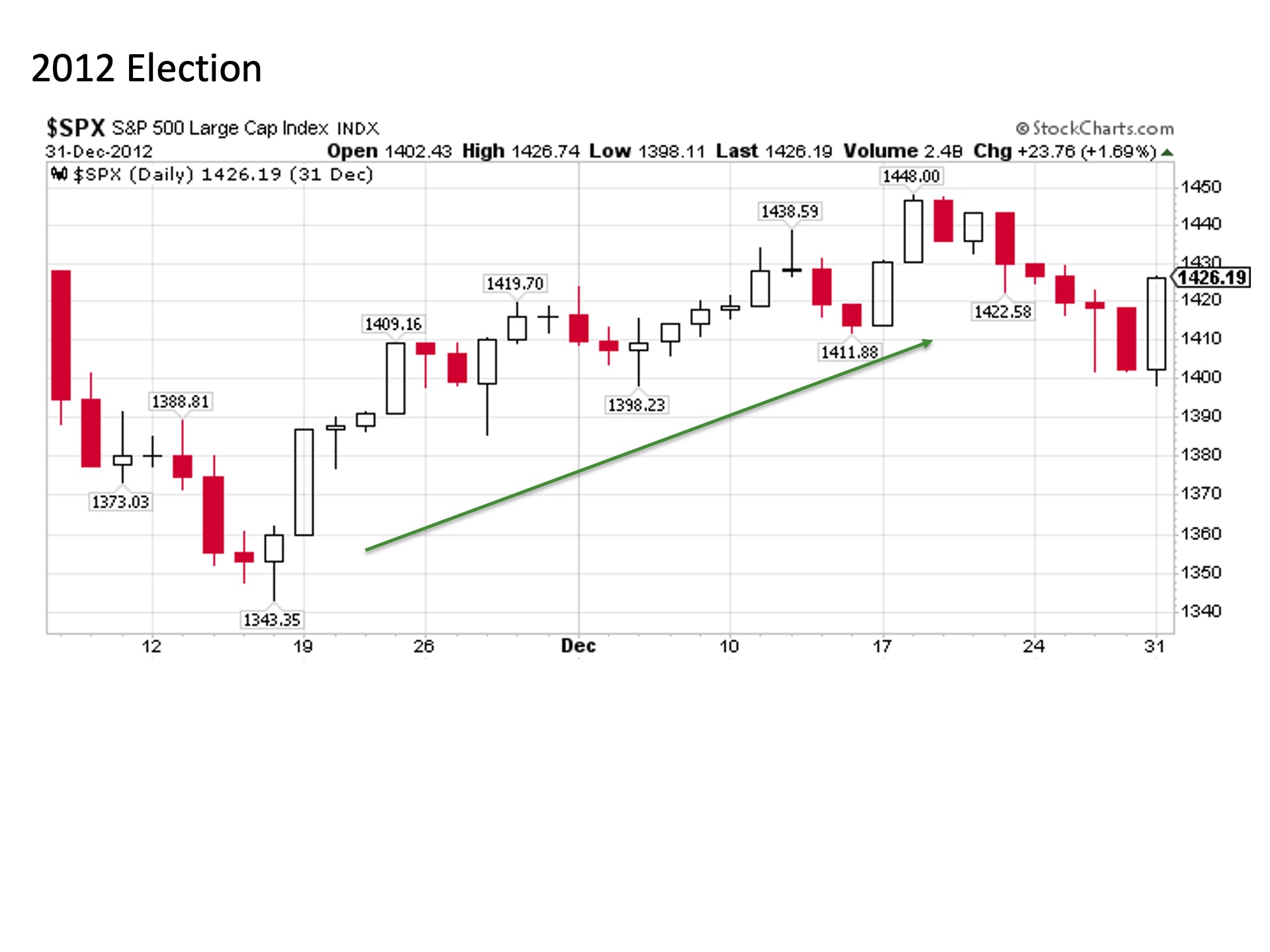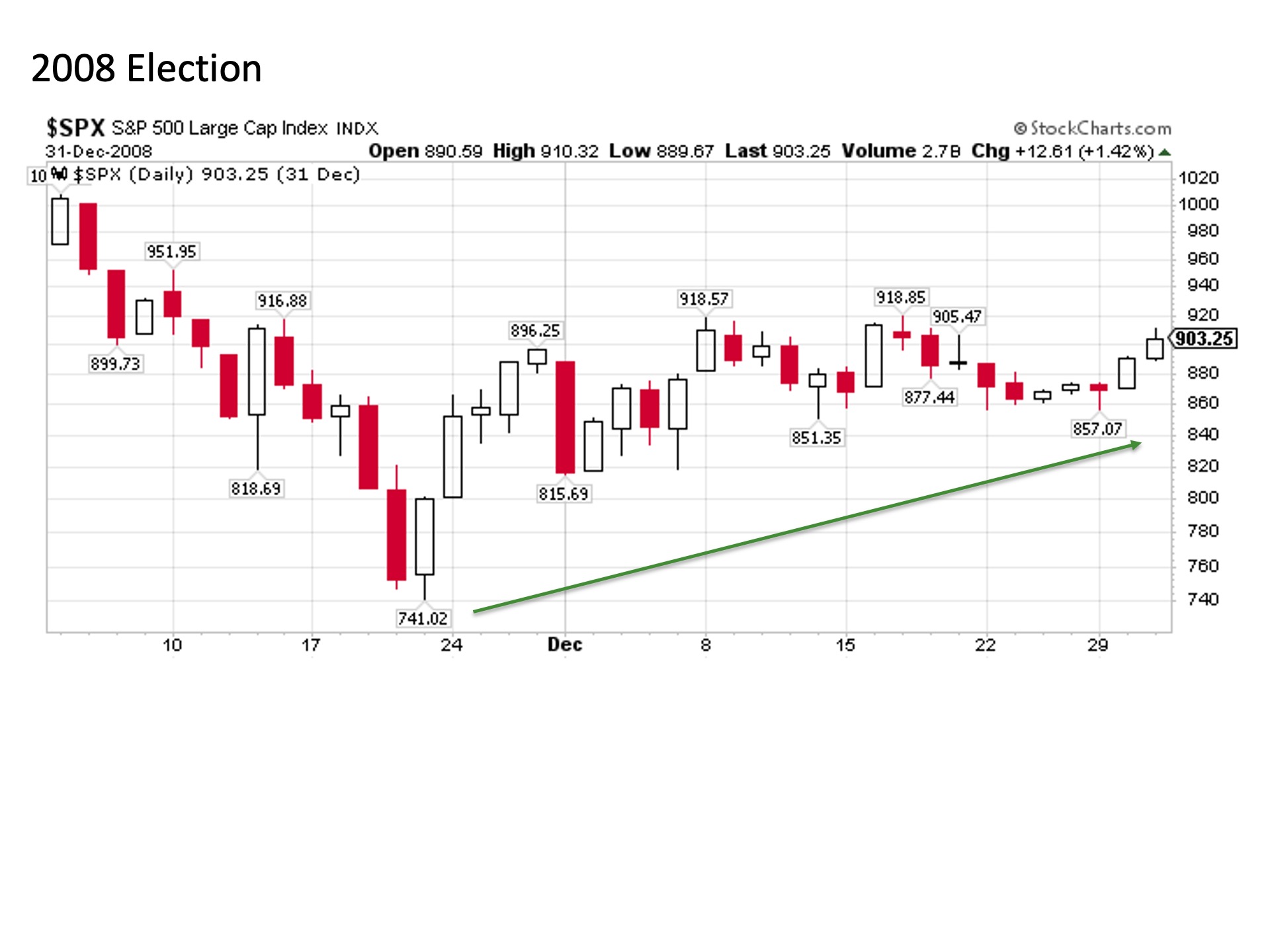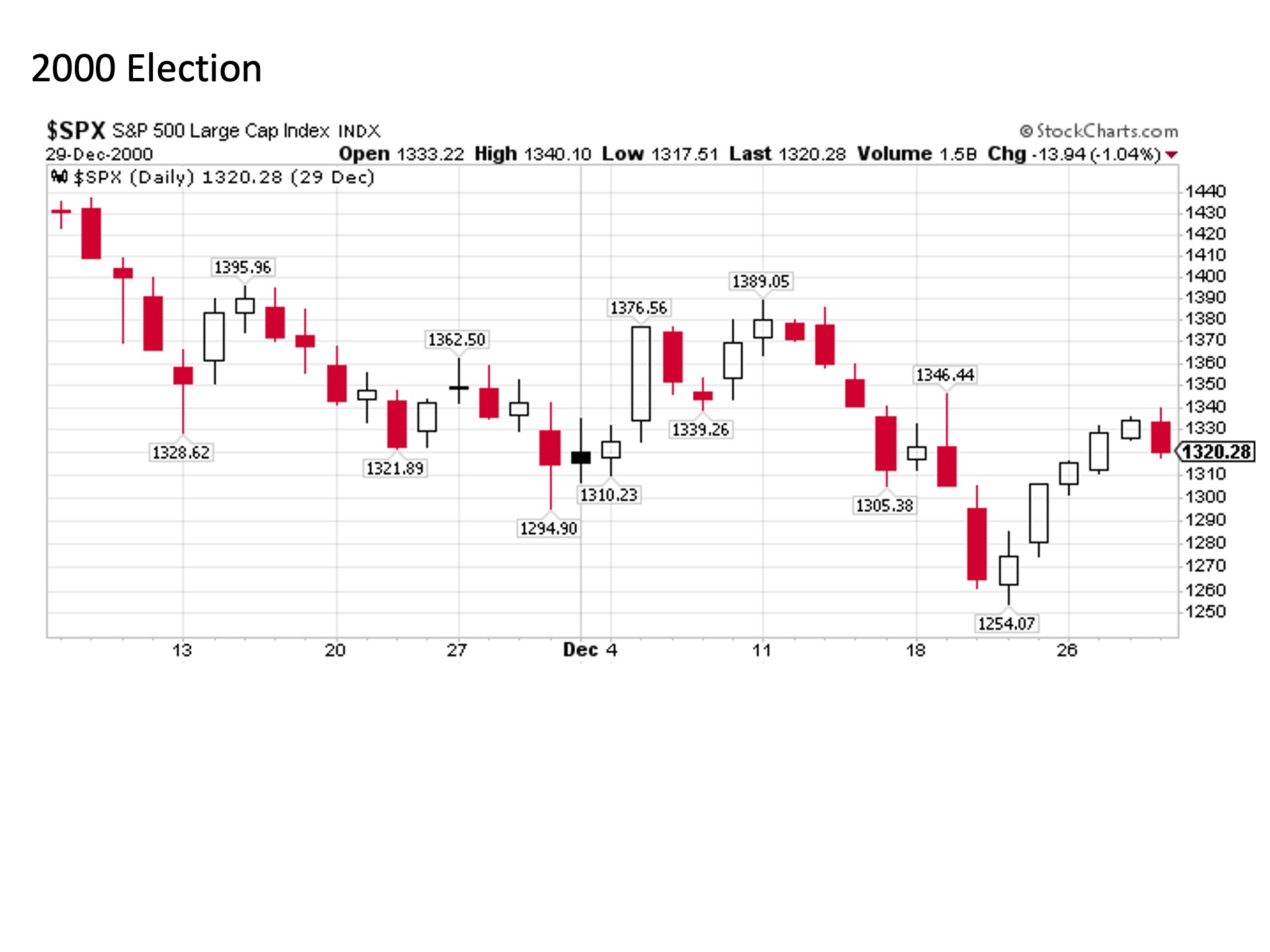
We’ve got a big election coming up in the United States that’s now less than two weeks away. While a presidential election is always a big deal, some are proclaiming that the 2024 election is “the most important in history”. Given that the winners of the election that includes control not only of the White House but also the U.S. Senate and House of Representatives play an important role in directing fiscal policy, many investors are fixated on what the potential impact on financial markets may be. But if long-term history is any guide, investment markets simply do not care who wins the election.
We’ve all been here before. Looking back over the last 125 years to the year 1900, we have had 31 presidential election cycles. Highlighting the political impartiality of financial markets from the outset, this has included 16 Republican party and 15 Democratic presidential winners. In short, the results are effectively split right up the middle.
So how has the U.S. stock market performed in the wake of these past presidential elections? A good way to measure the immediate and emotional investor reaction to the election outcome is to hone in on the price return on the U.S. stock market as measured by either the S&P 500 or the Dow Jones Industrial Average before it during the November when the election took place.
The good news for investors is that the U.S. stock market has posted an average price gain of +1.46% during presidential election year Novembers dating back to 1900. This is significantly better than the +0.55% monthly price return average overall over this same time period. Moreover, the U.S. stock market has posted a 65% winning percentage in moving higher in 20 of the 31 presidential election Novembers, which is also decidedly higher than the overall monthly winning percentage of the U.S. stock market at just below 60%. Thus, from a betting perspective, the historical odds meaningfully favor investors remaining fully invested during a presidential election season.
Let’s take things two steps further. Extending this look through the Decembers following presidential elections, we see that stocks have historically added to their initial post election gains, advancing by more than +2% from before the election through the end of December. And for those that are worried about the longer term implications of a given presidential election, we have seen stocks move higher on price alone over the course of the entire four year presidential term that follows more than 80% of the time (25 out of 31 four year cycles) with an average price gain of more than +67%.
But what about the past exceptions. Of course, we have had moments when the market has struggled both in the immediate aftermath of an election as well as the years that have followed. Could the 2024 election align with these downside exceptions to the rule?
Let’s take a look at some of the more recent examples for some reassurance in this regard.
Consider the immediate aftermath of the 2012 election. The U.S. stock market declined by roughly -3% that November. But when dissecting the month a bit more closely, we see that virtually all of the decline for the month took place in the first few days of November leading up to Election Day (this was the immediate aftermath of Hurricane Sandy that struck the Mid-Atlantic that year and some consider the “October Surprise” for that election cycle). Stocks found their footing by mid-November and steadily rallied through mid-December before investors started to reposition in anticipation of the launch of the Fed’s QE3 monetary policy deluge in January 2013. Overall, stocks went on to register a +49% price gain over the next four years.

Next, let’s look at the aftermath of the 2008 election. This election, of course, took place during the height of the Great Financial Crisis, so the market declines that year could hardly be assigned to the election outcome. And even after an initial decline through mid-November, stocks found their footing and moved steadily higher through the remainder of 2008. In fact, an event that was widely cited as being a catalyst for this late 2008 bounce was the naming of Tim Geithner as Treasury Secretary for the new administration, a person that was reportedly being considered for this role that year by both the Obama and McCain camps. Regardless, by the time the next election was rolling around four years later, stocks had posted a +48% price gain.

Let’s keep going and flip the associated political party from the Democrats in 2008 and 2012 to the Republicans in 2000. The S&P 500 steadily fell in both November and December that year as election workers were sifting through ballots and examining “hanging chads”. But the fact that the market held as steady as it did that year given the true election outcome uncertainty was made all the more remarkable by the fact that we were in the early stages of the unwinding of the biggest stock market bubble at the time since the late 1920s. In short, it’s notable in many respects that the market returns following this election were not a whole lot worse.

Let’s balance out the scorecard with a second Republican won election followed by a down November. Much like 2012, a good portion of the November downside already took place ahead of Election Day that year. And while stocks continued to decline for the first few trading days afterward, they subsequently bottomed and rallied to end post-election higher through the remainder of the year. Furthermore, stocks went on to rise by another +49% in price alone over the next four years.

But will this time be different? It is always possible that markets may react differently this time than it did the thirty-one previous times we had a presidential election. It’s also important to remember that while we may have some polarizing figures on the ballot heading into the first Tuesday in November this year, we have had a number of candidates in the past that have been highly controversial to a good percentage of the electorate in their own right. As just one of many examples, it should be noted that not all voters were enthusiastic about President Roosevelt running for a third and fourth term in 1940 and 1944, as the passing of the 22nd Amendment a few years later in 1947 with the support of numerous Democrats and ratified under a Democratic presidency took place for a reason. And the events surrounding the election of 1972 and President Nixon are well documented. Yet stocks performed well in the immediate aftermath of each of these past elections despite World Wars in the 1940s and chronic inflation in the 1970s raging around them.
Nonetheless, some would still understandably contend that today’s slate of candidates are different than anything we have seen in the past and the markets may react accordingly to the outcome. Only time will tell. But two points are worth remembering in this regard as we move toward Election Day.
First, either candidate winning the presidency should come as no surprise to investors, as polling data have been signaling for months that this election is effectively a “toss up”. If anything, markets are more likely to rally in the aftermath of the election simply because a major source of uncertainty has been removed.
Next, as insensitive as it may seem, financial markets don’t care about candidate views on topics like immigration, abortion, the Middle East, or any of the other hot button issues that may or may not drive voters to the polls on November 5. Instead, as long as financial markets are getting their steady flow of liquidity from supportive fiscal and monetary policies, they will demonstrate the propensity to rise regardless of who wins the election. And if markets get the sense that they may get more of what they like in terms of policies that are supportive of financial markets, they are likely to rally regardless of whether a Democrat, Republican, Libertarian or Green candidate wins on November 5. Conversely, I’d have an easier time finding a unicorn than a candidate from either party that wants to raise taxes on the masses. The days of restrictive fiscal policy remain in the past at least for the time being.
Bottom line. The upcoming presidential election is undoubtedly a big deal. But when it comes to your investment portfolio, it is important to remember that markets have historically responded favorably to election outcomes regardless of what candidates win on Election Day. As a result, it remains important to stick to your long-term financial plan and try to resist the urge to react to a near-term event that likely will not matter much to markets at the end of the day.
I/we have no stock, option or similar derivative position in any of the companies mentioned, and no plans to initiate any such positions within the next 72 hours. I wrote this article myself, and it expresses my own opinions. I am not receiving compensation for it. I have no business relationship with any company whose stock is mentioned in this article.
Investment advice offered through Great Valley Advisor Group (GVA), a Registered Investment Advisor. I am solely an investment advisor representative of Great Valley Advisor Group, and not affiliated with LPL Financial. Any opinions or views expressed by me are not those of LPL Financial. This is not intended to be used as tax or legal advice. All performance referenced is historical and is no guarantee of future results. All indices are unmanaged and may not be invested into directly. Please consult a tax or legal professional for specific information and advice.
